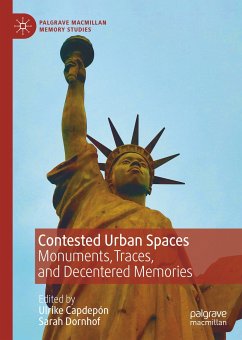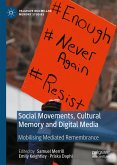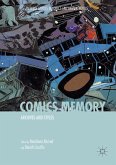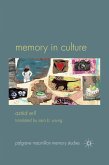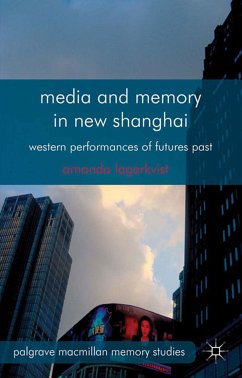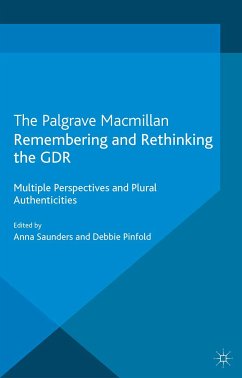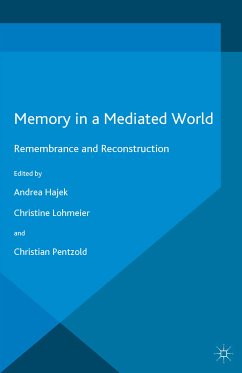This book takes the urban space as a starting point for thinking about practices, actors, narratives, and imaginations within articulations of memory. The social protests and mobilizations against colonial statues are examples of how past injustice and violence keep on shaping debates in the present. Following an interdisciplinary approach, the contributions to this book focus on the in/visibility and affective power of monuments and traces through political, activist, and artistic contestations in different geographical settings. They show that memories are shaped in contact zones, most often in conflict and within hierarchical social relations. The notion of decentered memory shifts the perspective to relationships between imperial centers and margins, remembrance and erasure, nationalistic tendencies and migration. This plurality of connections emerges around unfinished histories of violence and resistance that are reflected in monuments and traces.
Ulrike Capdepón is a researcher at the Center for Cultural Inquiry, University of Konstanz, Germany, and will be a DAAD-Professor at the CUCSH of the University of Guadalajara, Mexico. She holds a PhD in Political Science from the University of Hamburg, Germany. Her research interests include memory studies and human rights in Latin America and the Iberian Peninsula.
Sarah Dornhof is a research fellow at the Humboldt University Berlin, Germany. She holds a PhD in Cultural Studies from the European University Viadrina, Frankfurt/Oder, Germany. Her current research examines contemporary art in relation to cultural memory and archival practice in Morocco. Her fields of interest are postcolonial and gender studies.
Dieser Download kann aus rechtlichen Gründen nur mit Rechnungsadresse in A, B, BG, CY, CZ, D, DK, EW, E, FIN, F, GR, HR, H, IRL, I, LT, L, LR, M, NL, PL, P, R, S, SLO, SK ausgeliefert werden.
Es gelten unsere Allgemeinen Geschäftsbedingungen: www.buecher.de/agb
Impressum
www.buecher.de ist ein Internetauftritt der buecher.de internetstores GmbH
Geschäftsführung: Monica Sawhney | Roland Kölbl | Günter Hilger
Sitz der Gesellschaft: Batheyer Straße 115 - 117, 58099 Hagen
Postanschrift: Bürgermeister-Wegele-Str. 12, 86167 Augsburg
Amtsgericht Hagen HRB 13257
Steuernummer: 321/5800/1497
USt-IdNr: DE450055826
Bitte wählen Sie Ihr Anliegen aus.
Rechnungen
Retourenschein anfordern
Bestellstatus
Storno

